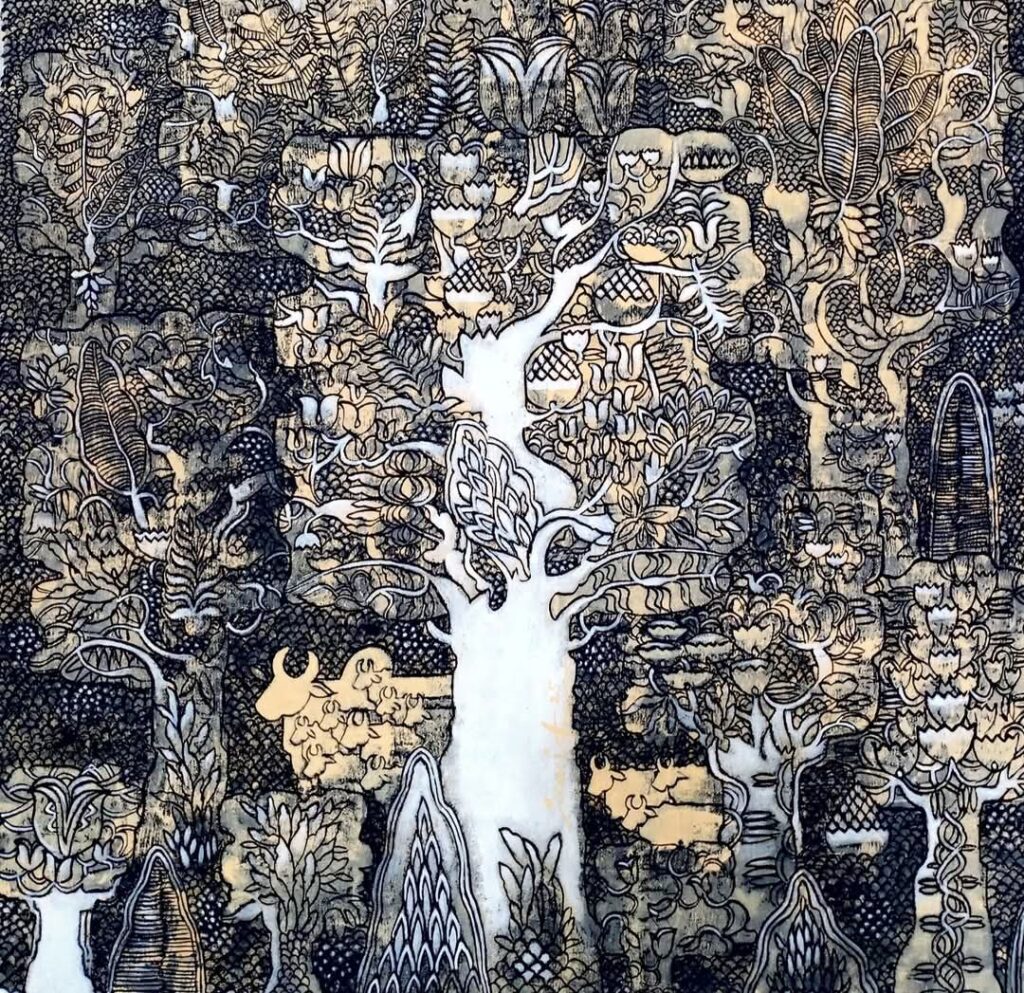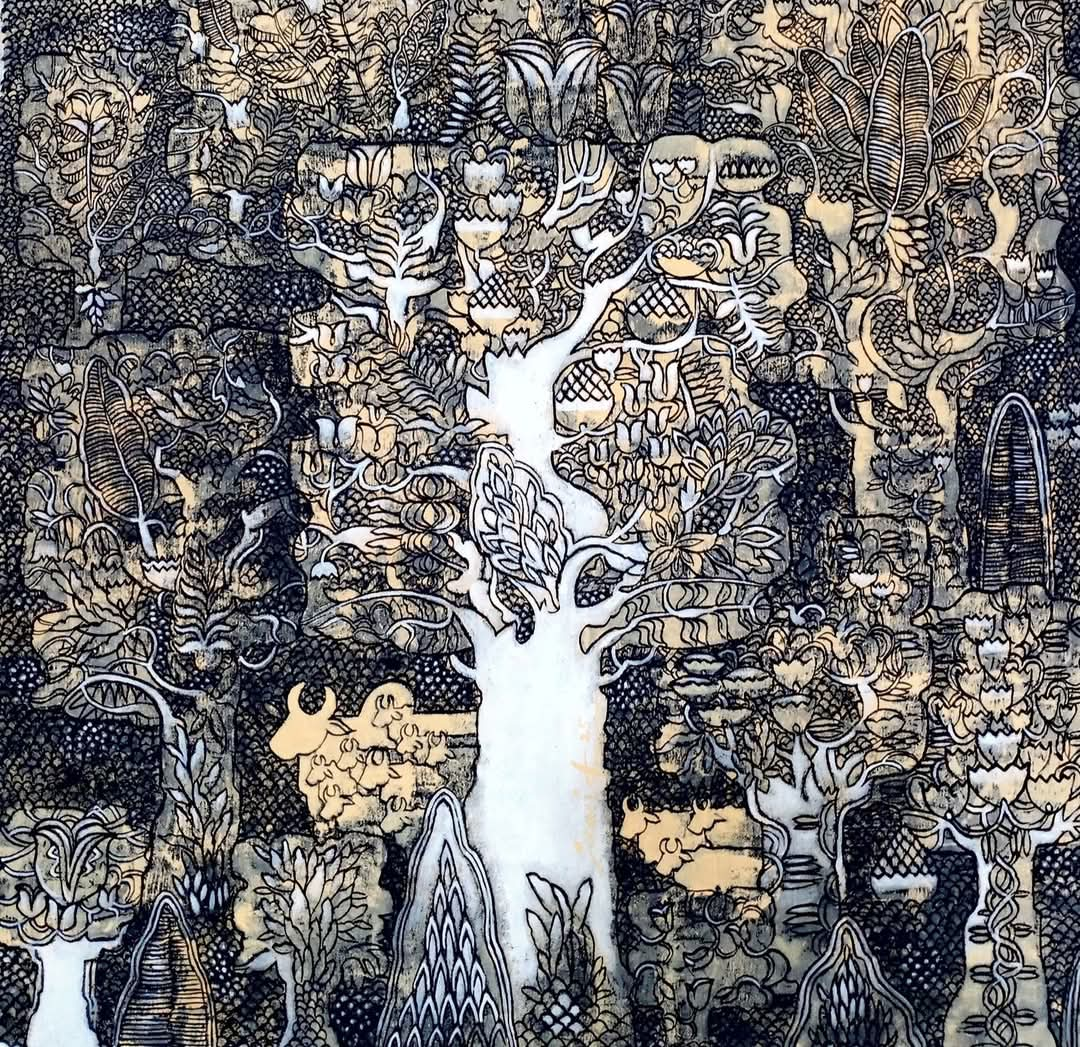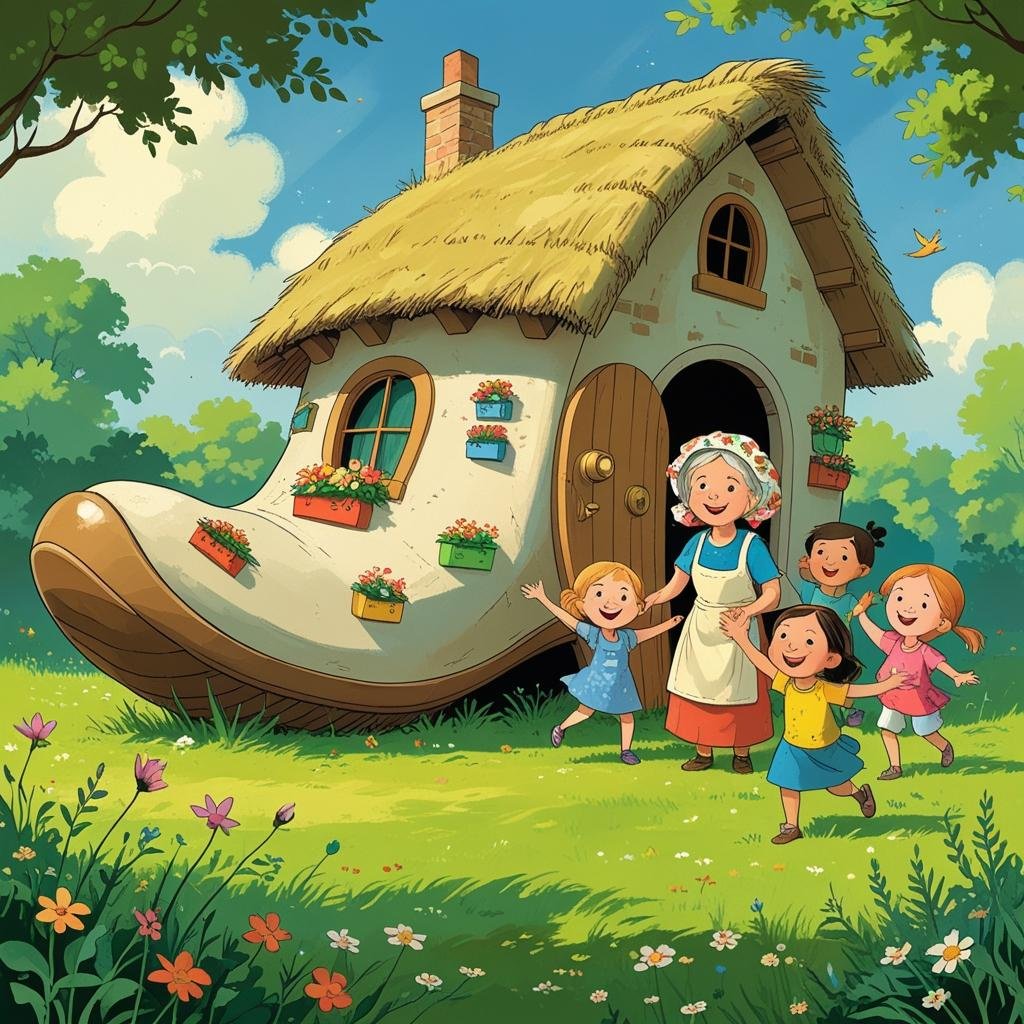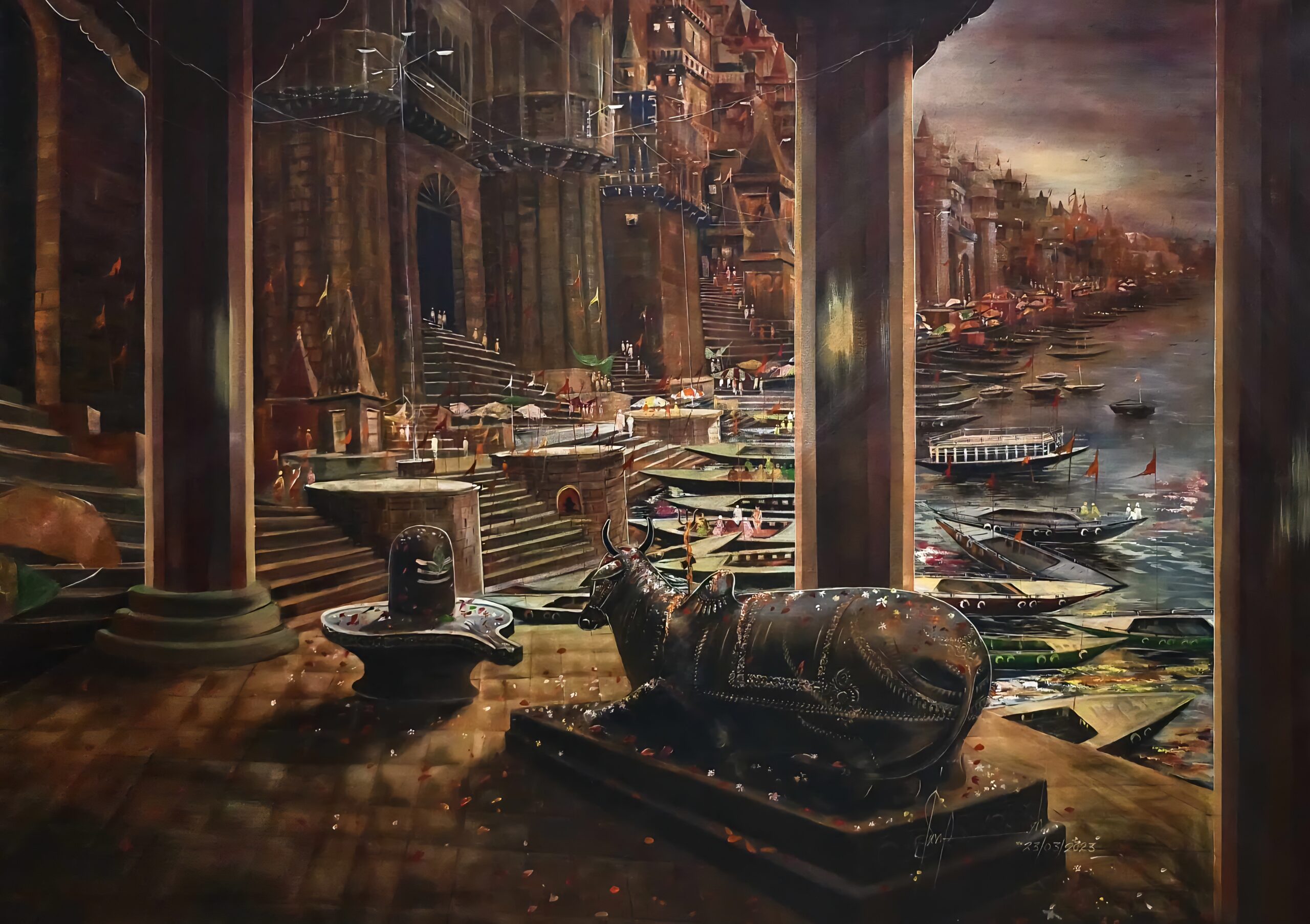This page contains a review of a beautiful artwork by Anjiya Naik The Tree of Life
A Sacred Vision in Monochrome
“The Tree of Life”, the second painting in Anjiya Naik’s Divine Expression series, masterfully encapsulates interwoven themes of nature, mythology, and cultural heritage. This monochromatic artwork, characterised by intricate hatching and crisscross patterns reminiscent of textile art, echoes the singularity of all creation under the benevolence of the supreme.
The Central Symbol-The Tree of Life
The grandiose tree standing at the pivot of the canvas spreads its branches over the entirety of the artwork. Its massive trunk rooted in the centre of the canvas glows white in the midst of the jungle, surrounded by other trees of various shapes and sizes. Its twisted, wide, luminescent branches form an archway with its wild, whimsical pattern, distinctly visible. The bough and its long branches, ornamented with leaves, intertwine with surrounding trees stretching from all sides, seemingly coming alive under the spell of life.

The monochromatic palette of white, gold, and grey subtly creates an interplay of light and shadow over the canvas, drawing our eyes inwards to the flock of cows and bulls sheltered underneath.
The divine mount of Shiva, along with his loyal companions, rests under the divine tree’s parental wings. Divine power had reincarnated itself in the form of the tree of life to protect and guide its children and devotees.
In this very distinct and original style of artwork, Anjya methodologically blends various motifs and abstract elements. The absence of vibrant colours intensifies the ageless quality of the art piece, standing out like a scroll of an ancient map, immeasurable and quiet. The whimsical branches, leaves, and foliage camouflage an archway hidden in plain sight, open for a multitude of interpretations by the observer, adding mystery and depth to this profound artwork.
Symbolic Interpretation:
The tree of life itself represents the axis, the cosmic pillar against which the composition is grounded. Its dense foliage cradles bunches of fruits and pods, suggesting fertility and abundance. It aligns with the concept of Kalpabriksha and the Bodhi tree.
The interplay of light and shadow intensifies the spiritual undertone of the theme. The cosmic duality of creation and destruction, divine and earthly.
The Divine Mount, ever devoted and deeply grounded, Nandi, camouflaged with the foliage, rests under the trees’ divine boughs, seamlessly intertwining nature and mythology.
Conclusion:
Anjiya Naik has breathed life into this art piece with meticulous hatching and highly intricate and sophisticated detailing. A visual tapestry that bridges the gap between contemporary art and traditional idioms. It invites the admirer to meditate upon the oneness of all divine creations and to internalise the cosmic connection with the divine.




